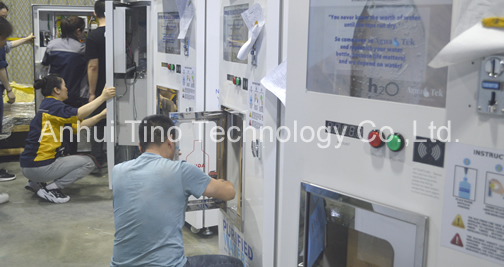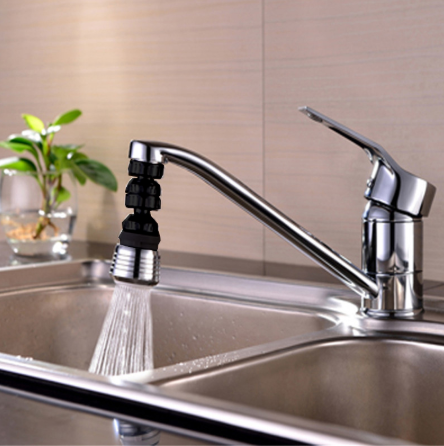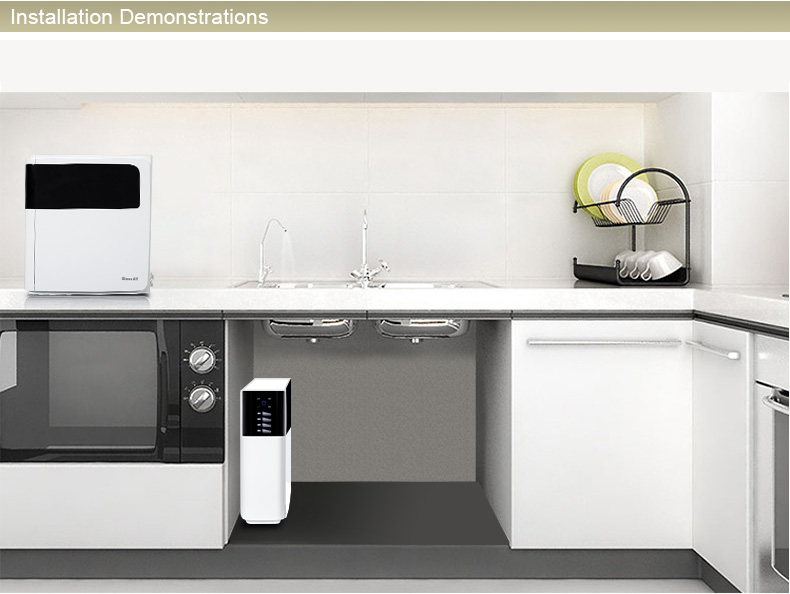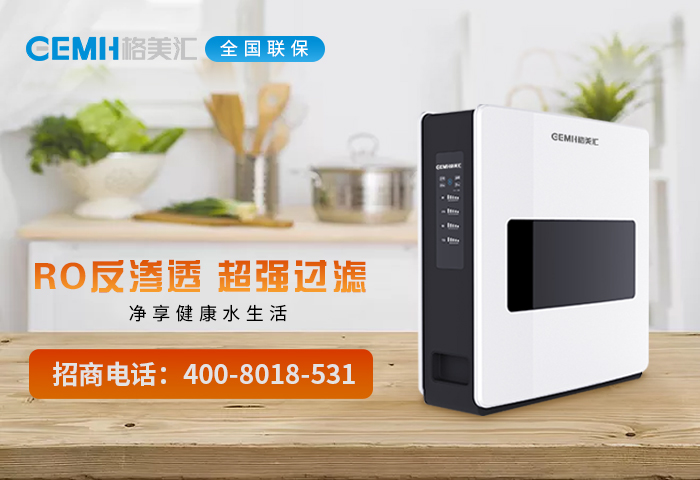
Commercial self-service water vending machines play a vital role in delivering safe and convenient drinking water. To ensure consistent performance and customer satisfaction, daily maintenance is essential. This article outlines key practices for keeping these machines in optimal condition.
Use a soft microfiber cloth dampened with mild soap solution (pH-neutral recommended) to clean the exterior surfaces.
Pay special attention to high-touch areas like payment terminals, control panels, and dispensing handles.
Avoid abrasive cleaners or bleach, which can damage finishes.
For stubborn stains (e.g., mineral deposits), apply a vinegar-water solution (1:1 ratio) and wipe gently.
Rinse with clean water and dry thoroughly to prevent residue buildup.
Before opening: Wipe the nozzle with a 70% isopropyl alcohol wipe to kill germs.
After each use: Use a disinfectant spray (e.g., quaternary ammonium compound) and rinse with filtered water to remove chemical traces.
Weekly deep clean: Soak the nozzle in a sanitizing solution for 10 minutes to eliminate biofilm.
Visual inspection: Check for filter housing leaks or discoloration.
Flow rate test: If water dispenses slower than 1.5 liters per minute, replace the filter immediately.
Replace according to usage: For high-traffic locations, filters may need replacement every 3–6 months instead of the standard 6–12 months.
Tank: Drain and flush with hot water daily to prevent sediment buildup.
Pipes: Listen for unusual noises (e.g., gurgling) indicating blockages. Inspect joints for leaks using a leak detector solution.
Verify coin/card readers, touchscreens, and dispense buttons work flawlessly.
Check for proper water temperature (if applicable) using a digital thermometer.
In extreme temperatures, use insulated covers to prevent freezing or overheating.
Regularly inspect outdoor units for debris accumulation (e.g., leaves, dust).
Monitor consumables like cups, bags, and sanitizing wipes.
Refill stock before reaching critical levels to avoid service interruptions.
Maintain a daily log of maintenance activities, including cleaning times, filter status, and test results.
Use digital tools (e.g., maintenance apps) to track trends and schedule alerts for filter replacements.
| Issue | Possible Cause | Solution |
|---|
| Low water pressure | Clogged filter or pipes | Replace filter; flush pipes |
| Cloudy water | Tank contamination | Drain, sanitize, and refill |
| Machine shutdown | Power surge or loose wiring | Reset breaker; check connections |
By implementing these daily maintenance routines, operators can ensure their water vending machines remain hygienic, efficient, and compliant with health standards. Regular care not only safeguards customer health but also minimizes costly repairs and downtime.





